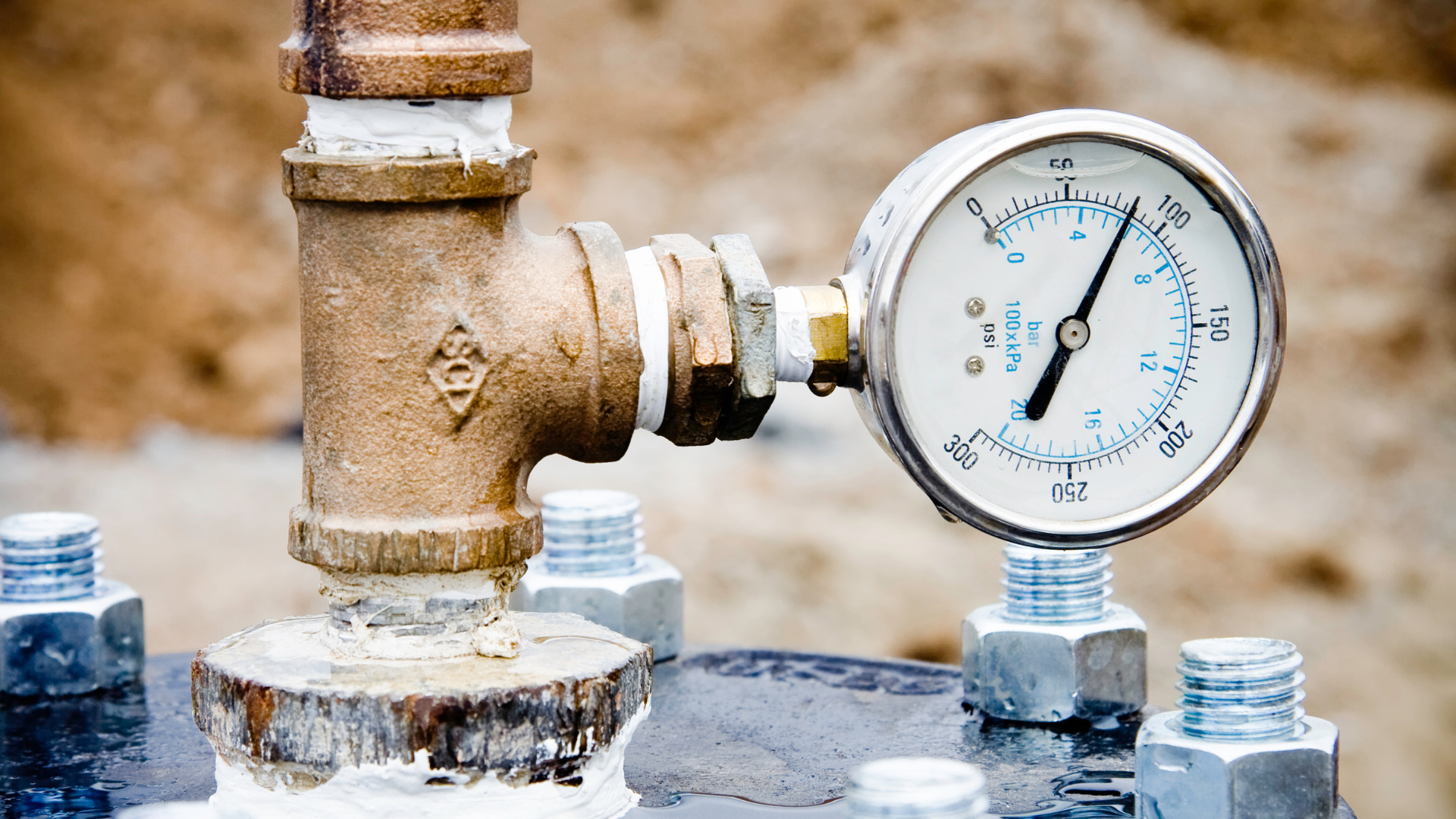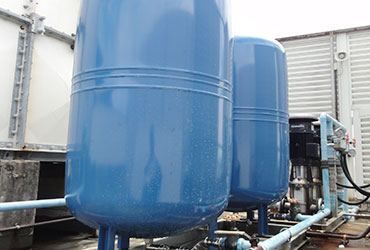Leading Ways for Dealing with Low Water Pressure in Your Home
Leading Ways for Dealing with Low Water Pressure in Your Home
Blog Article
The publisher is making a number of good pointers related to 4 Ways to Troubleshoot Low Water Pressure as a whole in this content just below.

Low tide pressure in your house can be a discouraging trouble, impacting everything from showering to washing meals. If you're experiencing weak water flow, there are a number of feasible causes and solutions to discover. In this overview, we'll go over typical factors for low tide stress and practical actions to attend to the issue successfully.
Introduction to Low Tide Stress
Low tide pressure takes place when the flow of water from your faucets, showers, and various other components is weaker than normal. This can make daily jobs much more difficult and less effective. Comprehending the reasons for low water stress is vital to discovering the best remedy.
Common Root Causes Of Low Tide Pressure
Faulty Stress Regulatory Authorities
Pressure regulatory authorities are responsible for keeping consistent water pressure in your home. If they malfunction, it can lead to low water pressure or unequal circulation throughout your home.
Municipal Water Supply Issues
Sometimes, the trouble lies outside your home. Municipal supply of water concerns, such as main line leaks or maintenance work, can momentarily reduce water pressure in your location.
Pipeline Obstructions
Over time, pipelines can end up being blocked with natural resource, sediment, or debris, limiting the flow of water. This is a typical problem in older homes with galvanized steel pipes.
Rust
Corrosion within pipes can bring about leakages and minimized water pressure. Rust accumulation can restrict water circulation, specifically in aging plumbing systems.
How to Detect Low Tide Stress
Inspecting Pipes
Check noticeable pipelines for indications of leaks, deterioration, or obstructions. Focus on any kind of unusual sounds, such as knocking or rattling pipes, which can suggest concerns within the plumbing system.
Consulting with a Plumber
If you're incapable to determine the source of low tide pressure, take into consideration hiring a specialist plumber to perform a detailed examination. They can identify underlying issues and recommend appropriate services.
Inspecting Faucets and Components
Begin by examining the water stress at different taps and fixtures throughout your home. If the issue is separated to certain areas, it might suggest localized troubles.
DIY Solutions to Repair Low Tide Stress
Flushing Water Heater
Debris build-up in the hot water heater can restrict flow and minimize efficiency. Flushing the tank periodically aids remove sediment and keep ideal efficiency.
Checking Stress Regulator
Make certain that the pressure regulator is functioning appropriately. Adjusting or changing the regulatory authority can aid recover appropriate water pressure throughout your home.
Cleaning Aerators and Showerheads
Mineral deposits can build up in aerators and showerheads, minimizing water flow. Remove and cleanse these components on a regular basis to enhance water pressure.
Clearing Clogs in Piping
For small clogs, attempt utilizing a plumbing snake or chemical drain cleaner to clear obstructions in pipelines. Be cautious when making use of chemicals and follow safety and security guidelines.
When to Call an Expert Plumber
If DIY efforts stop working to solve the issue or if you believe considerable plumbing troubles, it's ideal to look for support from a licensed plumber. They have the competence and devices to resolve intricate concerns safely and effectively.
Preventive Measures to Maintain Water Pressure
Mounting a Pressure Booster
Think about setting up a stress booster pump to boost water pressure in locations with continually low circulation. This can be specifically beneficial for multi-story homes or buildings with high-demand fixtures.
Monitoring Water Usage
Bear in mind water use practices and stay clear of overtaxing the plumbing system. Basic changes, such as astonishing showers and washing lots, can help maintain sufficient water pressure.
Regular Maintenance
Schedule regular upkeep for your plumbing system to stop concerns such as deterioration, leakages, and clogs. Attending to minor problems early can aid prevent more significant repair work in the future.
Conclusion
Managing low water stress can be discouraging, however identifying the underlying causes and carrying out suitable services can recover ideal circulation throughout your home. Whether it's cleaning up aerators, evaluating pipes, or consulting with a plumber, taking positive actions can ensure a stable supply of water for your day-to-day demands.
FOUR WAYS TO FIX LOW WATER PRESSURE NOW
Turning on a shower or faucet only to find the water comes out in a sad, slow drizzle is never a good feeling. How exactly are you supposed to wash a pan or take a quick shower when it takes 10 minutes just to rinse off a little soap? The good news is that when your water pressure is bad, there's always a cause: typically one that can be easily fixed. Here are some of the most common causes of low pressure and what you can do to fix the issue:
DEBRIS AND MINERAL DEPOSIT BUILDUPS
If you notice low water pressure from just one or two of the fixtures in your house, the problem likely has to do with debris buildup. Water is full of minerals and other debris, all of which can accumulate in your pipes and on your fixtures. This can cause a blockage that affects how much water flows through. To fix this, try filling a small plastic bag with white vinegar, and use a rubber band to hang it around your showerhead or faucet. Let the head of the fixture soak for a few hours, and the vinegar should loosen the deposits.
WATER LEAKS
Leaks are another common cause of low water pressure. If water is flowing out of your plumbing through a hole or crack before it can reach your fixture, the pressure coming out of the faucet or showerhead will be lower. A plumbing professional is your best bet for finding and repairing a leak in your water supply pipes.
Leaks are another common cause of low water pressure. If water is flowing out of your plumbing through a hole or crack before it can reach your fixture, the pressure coming out of the faucet or showerhead will be lower. A plumbing professional is your best bet for finding and repairing a leak in your water supply pipes.
A VALVE ISSUE
If you have low water pressure throughout your home, check your main shut-off valve to make sure it's completely open. You may also want to see if there's a pressure-reducing valve installed. If there is, have a plumber help you adjust the settings to get the pressure you're looking for.
OTHERS USING WATER
Believe it or not, your low water pressure could be caused by your neighbors. If you notice low pressure at certain times of day, it may be because you and the people living next to you have similar schedules - when everyone is showering at the same time, the pressure will be lower in every home. Low pressure throughout the neighborhood may also be caused by an issue with your municipal water supply. If that's the case, call the supplier to see if they're working on the issue.
https://www.rotorooter.com/blog/water-leaking/low-water-pressure-fixes/

I discovered that blog entry about when surfing around the web. Appreciated our entry? Please quickly share it. Let someone else locate it. I recognize the value of reading our article about 9 Reasons for Low Water Pressure in Your House.
Click Here Report this page